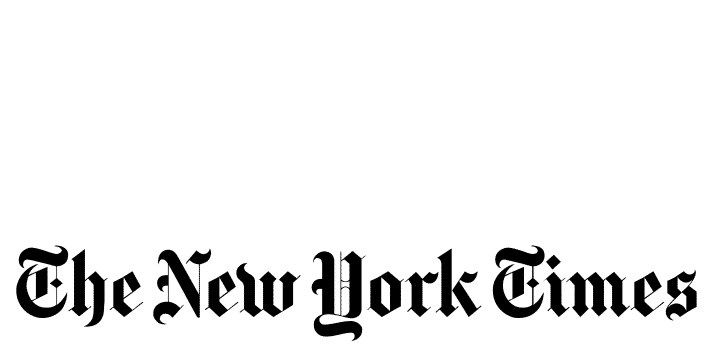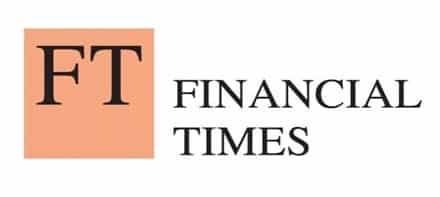By raising interest rates, the Federal Reserve strengthened the U.S. currency—and revealed its centrality to global order.
2022 has been a year of dollar power—power that manifests itself in both overt and subtler forms.
In the spring, the financial sanctions slapped on Russia’s Central Bank following Russian President Vladimir Putin’s invasion of Ukraine demonstrated the extent of U.S. financial sway, especially when it is exerted in cooperation with America’s European partners. If you export far more than you import and thus hold really large foreign exchange reserves—like Russia’s $500 billion—there really is nowhere else to hold them other than dollars or euros. If it comes to a confrontation, that puts you at the mercy of the financial authorities of the United States and its alliance partners. NATO reveals itself to be a financial power.
Russia has, so far, ridden out the storm, but to do so it has had to close its financial system to the outside world. Its imports have been squeezed to barely more than half their pre-crisis level.
When the sanctions were applied, the shock to Russia provoked the question of whether a monetary system that conferred such one-sided power on the United States could possibly be sustainable. Surely Russia, China, and India would look to build an alternative currency system. This might perhaps be denominated in China’s renminbi and would be centered on the exchange of key commodities. One model might be the kind of deal recently brokered by a leading Indian cement producer, which paid for imports of Russian coal in Chinese currency. To secure funding, you could borrow in the so-called dim sum bond market in Hong Kong, where issuers from around the world issue offshore renminbi debts.
Such a system would secure independence from the United States. But it would take years, if not decades, to reach substantial scale. It also depends on the continuing shortage of key raw materials, which makes it interesting to lock in privileged customer-supplier relations, and the continuing growth of the Chinese economy, which makes it look like the economic champion of the future.
Read the full article at Foreign Policy.


